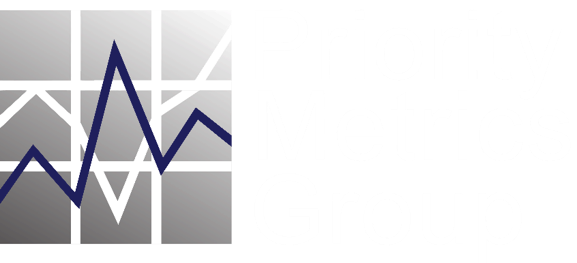
Uncovering Synergies and Opportunities with Commercial Due Diligence
Bolt-on acquisitions provide an acquiring company and private equity with substantial resources and growth opportunities at a lower cost than building from the ground-up would create. When successful, they can also increase revenues, expand market share, and help position the acquiring organization for additional future growth.
While any acquisition comes with risks, these types of acquisitions have less risk than others. This is especially true when the acquiring company or private equity group conducts the proper level of commercial due diligence research, including customer satisfaction surveys, and has a plan for integrating the new assets appropriately.
Customer satisfaction surveys can address the challenges of a bolt-on acquisition by identifying potential synergies and opportunities for improvement as well as aiding in the transition of the acquired company within the existing portfolio.
As an example, a private equity group was considering an add-on acquisition to a portfolio company. The target was a business operating in the same narrowly-defined market space. However, each company focused on sectors of the market largely ignored by the other and their customer bases had minimal overlap. So, it appeared to be a perfect match. But where exactly were the synergies and opportunities to leverage the target business?
As an integral part of the due diligence process, the private equity group invested in customer satisfaction surveys for both the portfolio and target companies.
Customer insights revealed that the portfolio company was perceived to be performing well ahead of the target company. The primary difference – and the source of most of the rating differential – appeared to be within the sales organization. In the target company, sales reps were tasked with post-sale follow-up, while in the portfolio company, that task was the responsibility of the engineering staff.
Not surprisingly, sales reps wanted to move quickly to the next selling opportunity while engineering staff couldn’t wait to immerse themselves ina new product installation or rebuild. As a result, customers of the target company emphatically complained about poor responsiveness after the sale.
Overall, the customer surveys identified thirteen performance areas as a strength or weakness, of which 5 were common to both companies: working relationship, customized solutions, integrity, responsiveness, and perceived value (as shown below in red text).

In comparing the specific performance attributes of the portfolio company and the target company, note that both companies share three common strengths based on customer feedback: working relationship, customized solutions, and business integrity (table below). When a performance attribute is perceived as a strength for both businesses, it is identified as an area where these common strengths can be leveraged. Leveraging these attributes may provide an opportunity for the combined entities to establish a greater differentiated position in the marketplace.

When a performance attribute is identified as a strength for one company but a weakness for the other, the opportunity for benchmarking exists. In this example, shown in the table below, responsiveness and perceived value are highlighted as areas where the two businesses can share best practices and transfer knowledge and processes leading to overall improvement.

Customer research is frequently overlooked as a source of data for many decision-makers, as they often believe that no one knows their customers better than they do. But such a feeling can often result in costly mistakes. Customer feedback is a powerful business tool that can be used to provide unparalleled insight when making critical business decisions.

